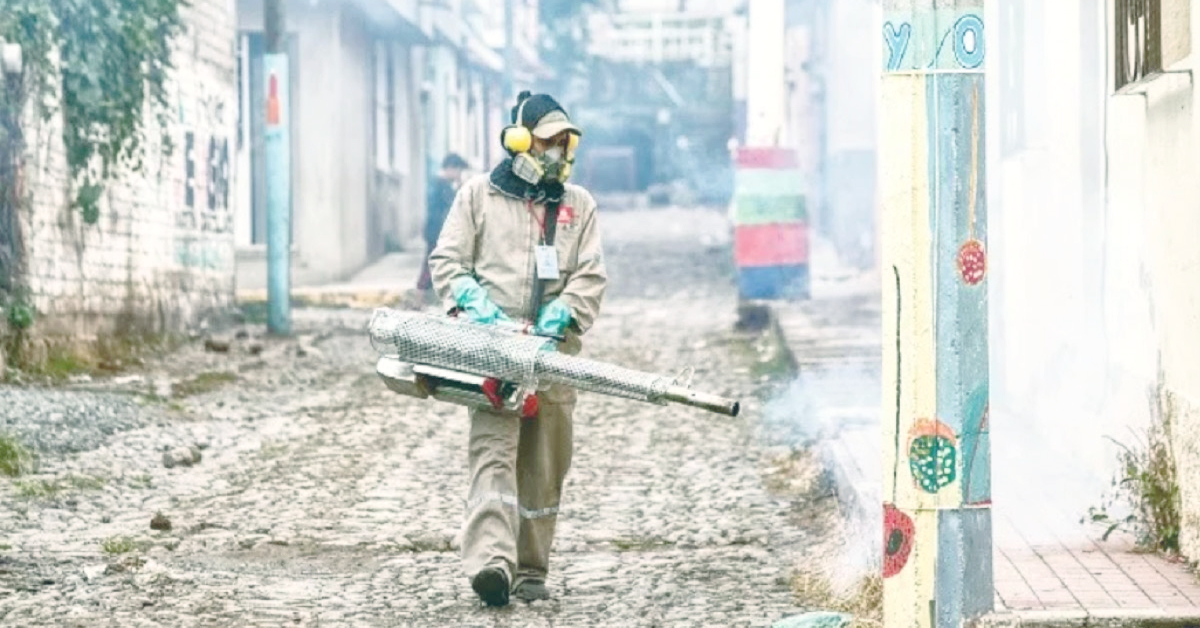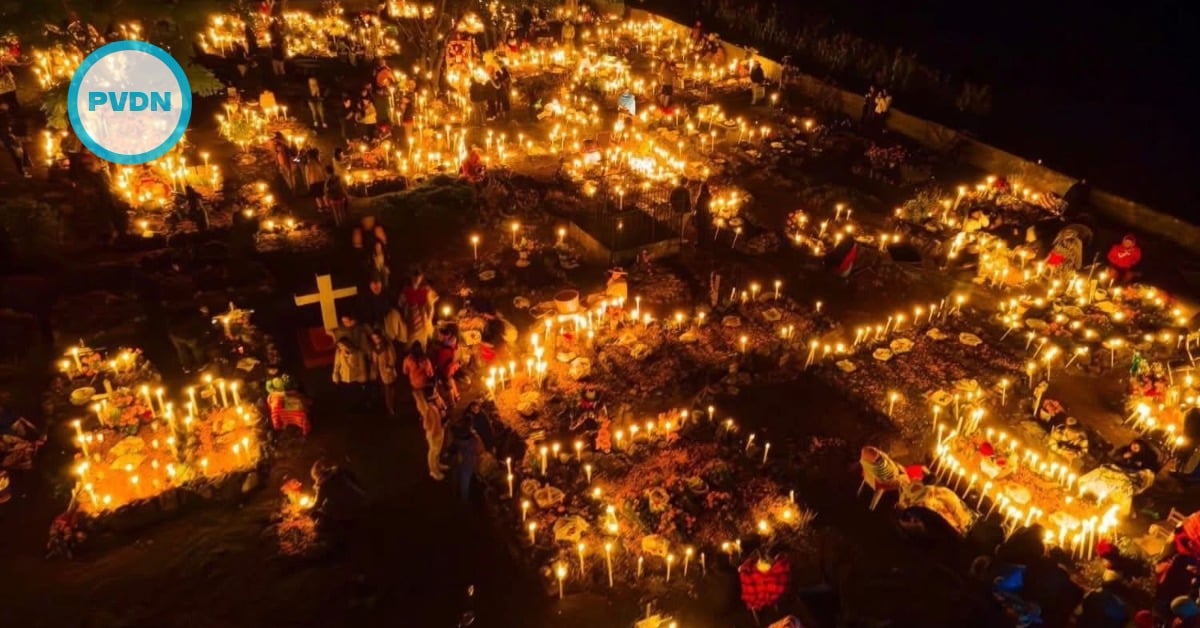Jalisco tops Mexico with 787 dengue cases as of June 12, including 382 severe infections. Learn what dengue is, its symptoms and practical prevention tips against the dengue outbreak in Jalisco. Jalisco registered 787 confirmed dengue infections as of June 12, making it the state with the highest tally in the country so far in 2025. Of these cases,…






